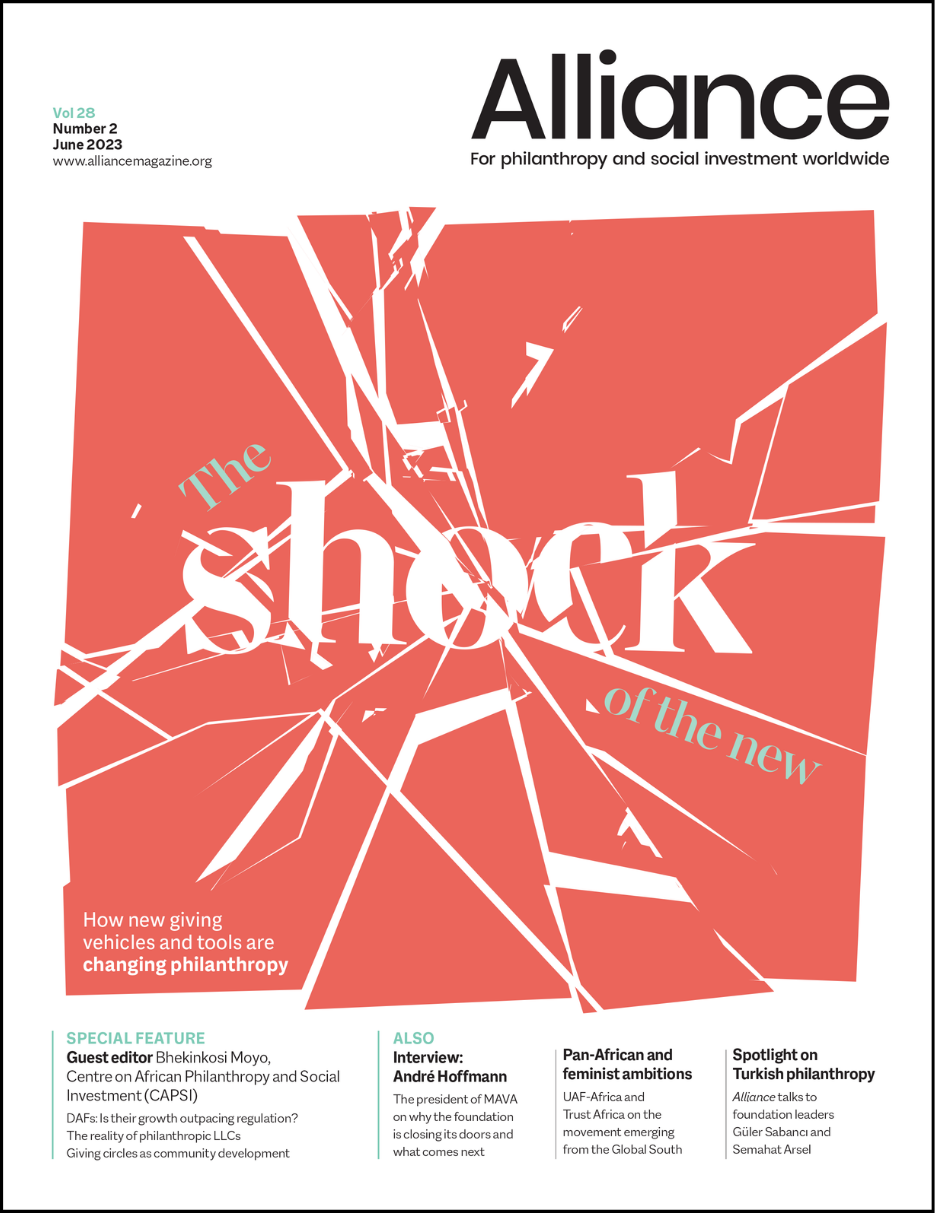A relatively new phenomenon on the Brazilian scene, endowment funds are strengthening social causes and organisations
With a long history behind them, endowment funds have become an effective mechanism for the sustainability of causes and organisations around the world. The first known example dates from the first century BCE, when Plato left his farm to support the Academy he had founded. Since then, many institutions have been establishing significant endowments, such as Harvard University, the University of Cambridge, and the Metropolitan Museum of Art. Wealthy families and individuals have also created endowments, such as Gates, Rockefeller, Mott, and others. In Brazil, the adoption of the mechanism is more recent, however, it has been expanding rapidly in this century, following the strengthening and maturity of the philanthropic environment.
The first endowments in Brazil emerged in the 1950s, as a way for families and businesses to build lasting legacies. In the absence of a specific regulation on the subject, they used the international experience as a reference to create their own governance, policies and rules to manage the endowment structures. Nevertheless, at first very few took this step, and by 2000, there were only six known endowments in the country.
In Brazil, the adoption of the mechanism is more recent, however, it has been expanding rapidly in this century, following the strengthening and maturity of the philanthropic environment.
Subscribe now from only £45 a year!
This article is only available for our subscribers
Existing users can login here






